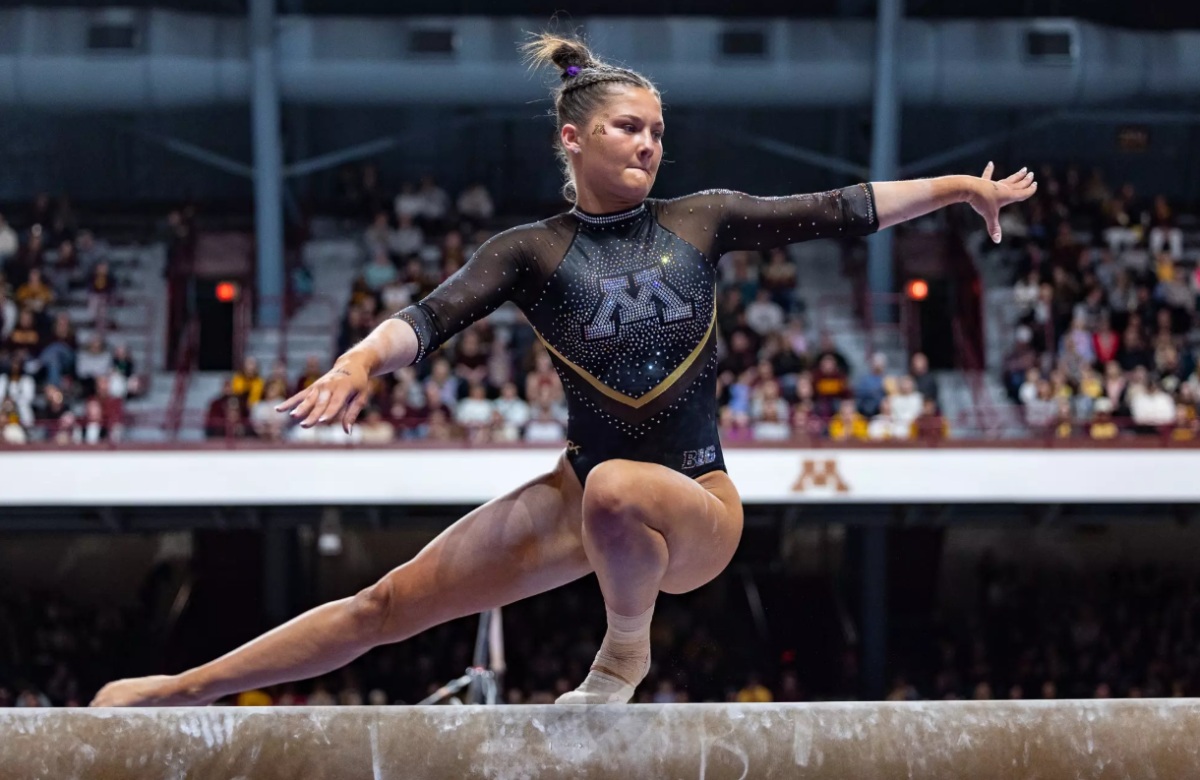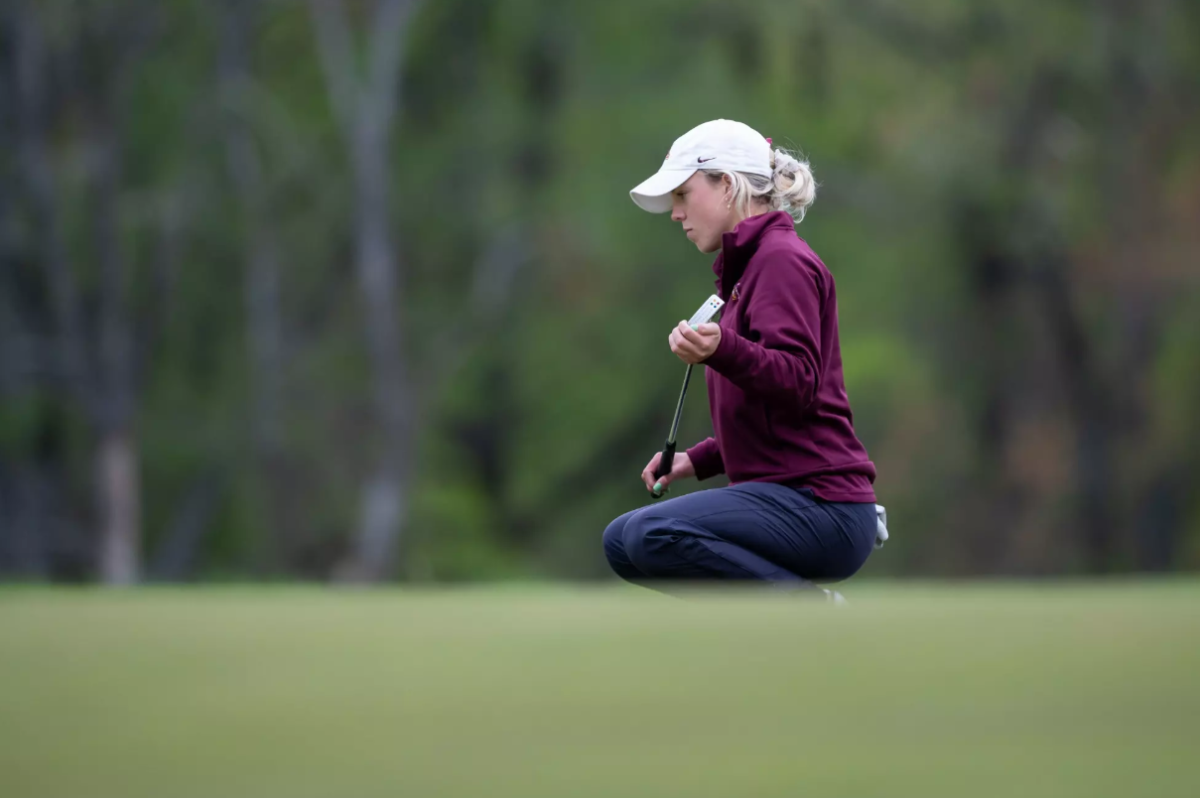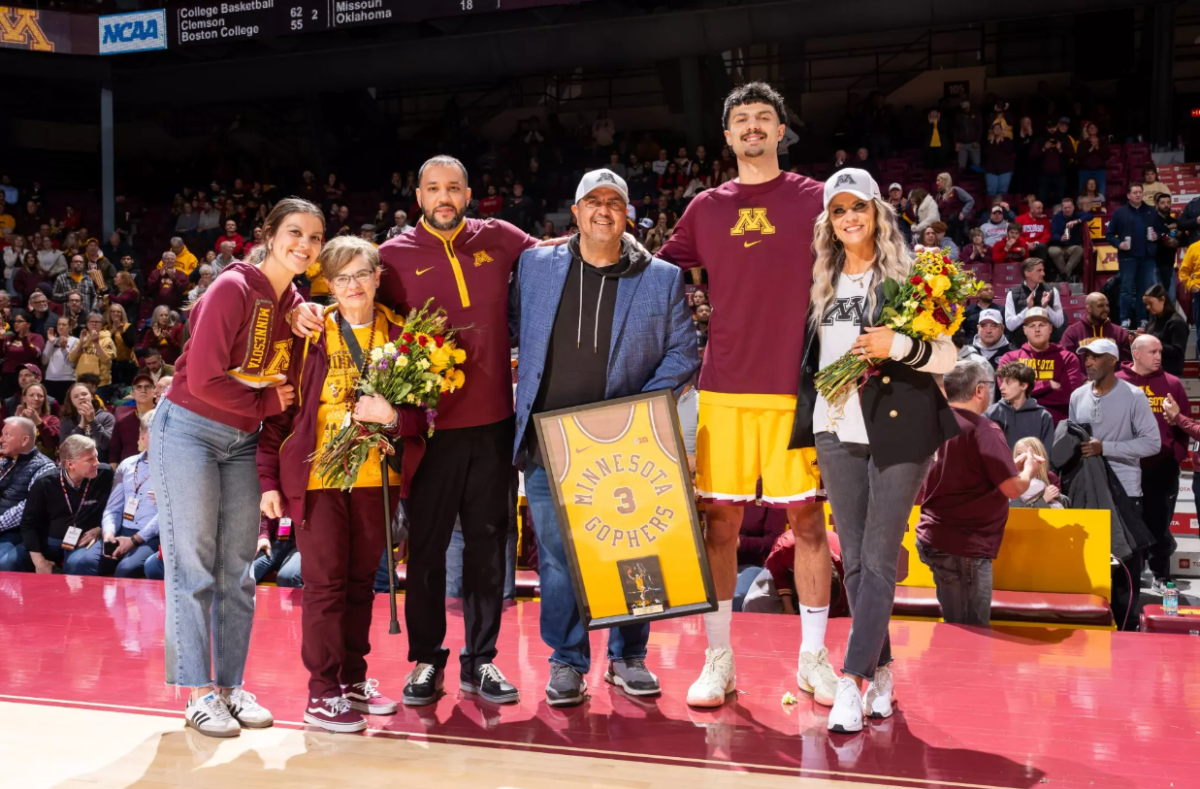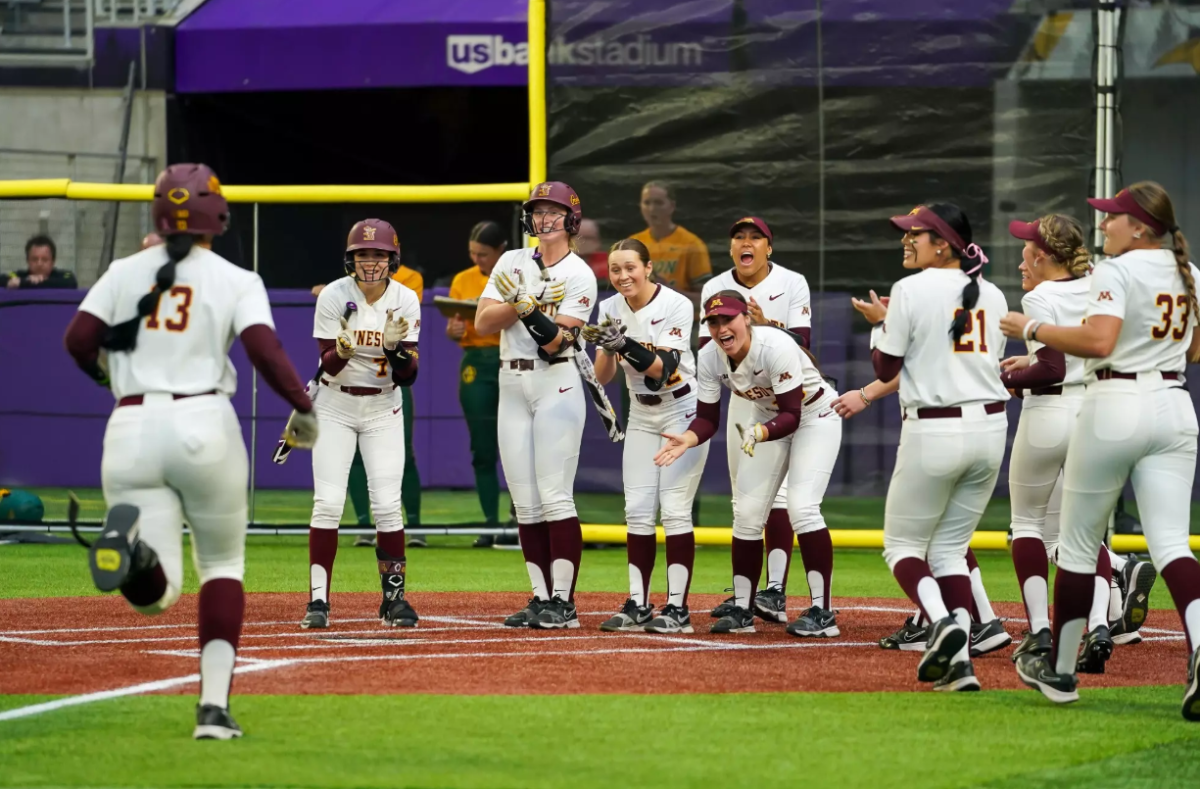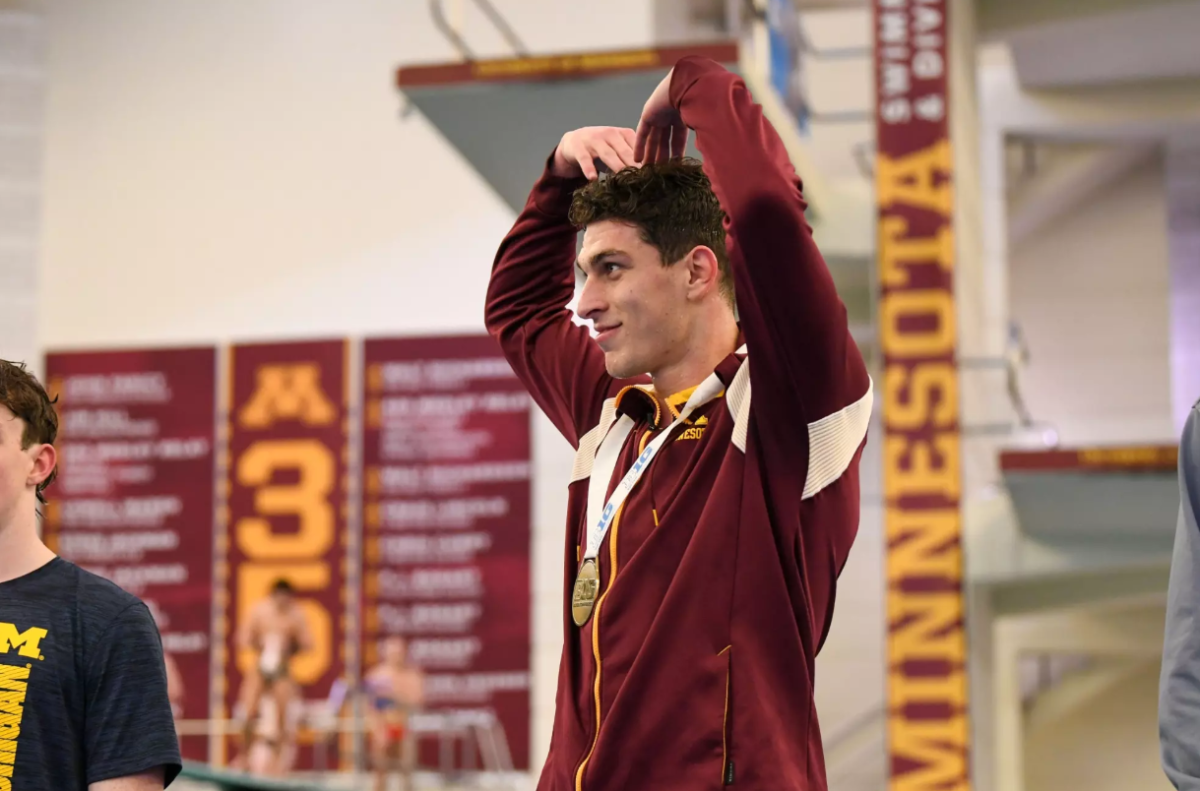You would think Minnesota women’s track and field coach Gary Wilson would be pleased with a change in the qualifying process for this spring’s NCAA championships.
After all, the switch from the old system – which was based solely on times and marks – to a regional qualifying meet means the Gophers won’t have to depend on running fast times in Minnesota’s chilly spring weather to have a strong presence at the national meet.
But Wilson, to put it mildly, isn’t excited about the switch.
“It’s the dumbest damn idea we’ve ever come up with in track and field,” he said. “Some of these kids won’t be done with the outdoor season until mid-June. It drives me nuts.”
The NCAA championships will take place from June 11-14, as opposed to last year, when they were contested from May 29-June 1.
Instead of selecting competitors for the national outdoor championships simply by setting qualification standards in each event, the NCAA will choose the field based on the results from four regional meets – much like the qualification system for a state meet in high school.
In lieu of establishing automatic and provisional NCAA qualifying marks, athletes will first meet standards that allow them to compete in a regional meet.
The meets will not include the decathlon, heptathlon or 10,000-meter runs, which will have the same NCAA qualifying standards as before the switch.
Every other event, however, will take the top five individual finishers and top three relays at each regional for the NCAA championships.
Since there can be up to 26 individual competitors and 17 relay teams in each event, the remaining spots will be filled through a descending order list, just as before.
But the switch means most competitors will decide their NCAA fate on the track – a prospect that excites Mitch Potter, a seven-time All-American sprinter for Minnesota’s men’s track and field team.
“There’s no doubt in my mind we’ll get more guys into the national meet,” he said. “We’re a clutch team, and in a regional meet, guys will rise to the occasion.”
For Wilson, the prospect of qualifying more athletes for the NCAA meet is outweighed by the fact that regional meets will push the national championships back by two weeks.
“A lot of these kids are walk-ons or partial-scholarship athletes,” Wilson said. “They need to work. It just costs too much to keep them here for another week.”
Men’s track and field coach Phil Lundin was against a regional meet, but is keeping an open mind about the switch – partially because it could give his team, which finished eighth in the NCAA indoor meet, a shot at a top-five finish this spring.
“It changes things dramatically. We’ll have guys go who would have had no chance in the past,” he said. “It’s like a county fair meet – just line ’em up and shoot the gun. It’s more our type of competition.”
For All-American triple jumper Shani Marks, early-season meets haven’t lost their importance, even though her NCAA fate will be decided in May, not April.
“I think everybody sees these meets as being just as important,” Marks said. “You’re not qualifying for nationals right now, but you do have to build up to the point where you’re ready to compete on that level.”
But in Wilson’s world, things have changed dramatically.
“The season is just too long,” he said. “By the middle of June, I should be out on my boat.”
Ben Goessling covers track and field and welcomes comments at [email protected]


